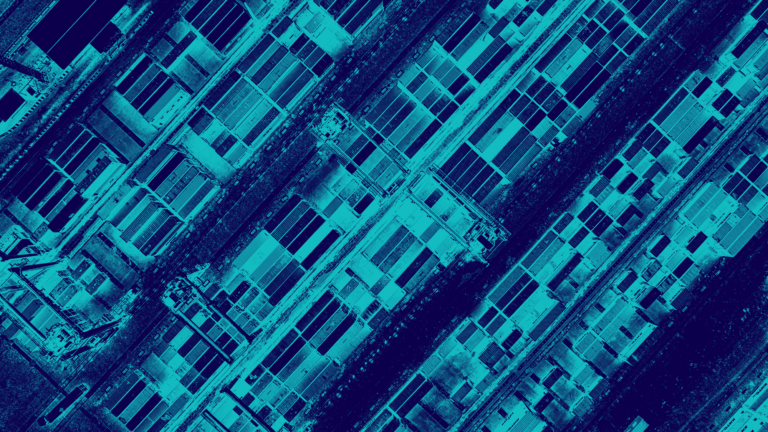In today’s world, where almost everything is connected to the internet, cybersecurity is a top priority for businesses and individuals alike. Cyber threats are becoming more sophisticated, more coordinated, and more intelligent, and the need for effective security measures and lateral movement protection has become more urgent.
One of the biggest gaps in cybersecurity is the application environment, but why? What are the dangers from attackers? And what is the importance of lateral movement protection and microsegmentation in protecting our applications and critical assets?
Application vulnerability from attackers and bad actors
The application environment is one of the most vulnerable areas in the cybersecurity landscape. Bad actors are consistently looking for ways to exploit vulnerabilities in applications to gain access to sensitive data or disrupt business operations. The global average cost of a data breach increased 2.6% from $4.24 million in 2021 to $4.35 million in 2022 [Ponemon], with a staggering 82% of known vulnerabilities existing in application code. Applications communicate with other applications and access critical data – but should only be able to do so with permission. The consequences of a successful attack can be devastating, including data breaches, financial losses, reputational damage, and legal liability.
The constantly evolving threat landscape is one of the most significant challenges in protecting the application environment. Attacker communities are constantly developing new techniques to exploit application vulnerabilities. They use a range of techniques, including SQL injection, cross-site scripting, and buffer overflow attacks, to gain unauthorized access to systems and data, and are now bankrolled by nation-states with deep pockets intent on causing disruption.
Lateral movement protection and microsegmentation
To protect against these threats, businesses need to take a proactive approach to cybersecurity. One of the most effective ways to do this is by implementing lateral movement protection and microsegmentation. Lateral movement protection prevents hackers and bad actors from moving laterally across a network once they have gained access to a system.
There is an old adage in the industry that “They will get in eventually,” so it’s smart thinking to contain any damage caused by an attack and prevent the attacker from accessing sensitive data or disrupting business operations. They might be in, but that’s no help to an attacker if they’re then going nowhere.
Microsegmentation, now recognized as Zero Trust practice, is another critical tool for protecting the application environment. It involves dividing a network into smaller segments, each with its security controls. This makes it much harder for attackers to move laterally across a network, as they must first breach each segment’s security controls. Microsegmentation also helps to contain the damage caused by a successful attack, as the attacker’s access is limited to a specific segment of the network.
The importance of observability and transparency
In addition to lateral movement protection and Zero Trust through microsegmentation, observability and transparency are essential tools for protecting the application environment.
Observability refers to the ability to monitor and understand what is happening in a system in real-time. This is critical for detecting and responding to cyber threats quickly, offering the ability to respond to red flags without alert fatigue.
Transparency refers to the ability to see what is happening in a system and why. This is essential for identifying vulnerabilities and implementing effective security measures.
Offering a solution
The application environment is the largest cybersecurity gap, and businesses need to take a proactive approach to protect their systems against cyber threats. Lateral movement protection, microsegmentation, observability, and transparency are the essential tools in protecting the application environment.
Attackers are constantly looking for ways to exploit vulnerabilities in applications to gain access to sensitive data or disrupt business operations. By implementing effective security measures, including lateral movement protection, microsegmentation, observability, and transparency, businesses can significantly reduce their risk of cyber threats.
We’re streets ahead as a provider of application detection and response solutions. We have to be to stay ahead of the bad actors and attackers. Our products are designed to help businesses protect against advanced cyber threats by providing real-time visibility into the application environment. We’ve designed a solution for a growing and (often hidden) problem and utilize machine learning algorithms to detect and respond to cyber threats in real time. We provide a comprehensive and essential view of the application environment, including network traffic, user behavior, and application activity. Lateral movement protection and microsegmentation are the backbones of what we do. This helps businesses to contain the damage caused by cyber-attacks and prevent hackers and bad actors from moving laterally across a network. We further provide observability and transparency, making it easy for businesses to monitor and understand what is happening in their systems and take proactive steps to protect against cyber threats.
If you’d like to know more, please get in touch. We’re here to help, and protecting the application environment is our business.





